In the ever-evolving tapestry of China’s luxury market, high-end emerges as a beacon of innovation, sustainability, and cultural reverence. Niche Brands, rapidly expanding in China, a renaissance, driven by the confluence of cutting-edge technology, eco-conscious fabrication, and a profound commitment to celebrating diversity and individuality.
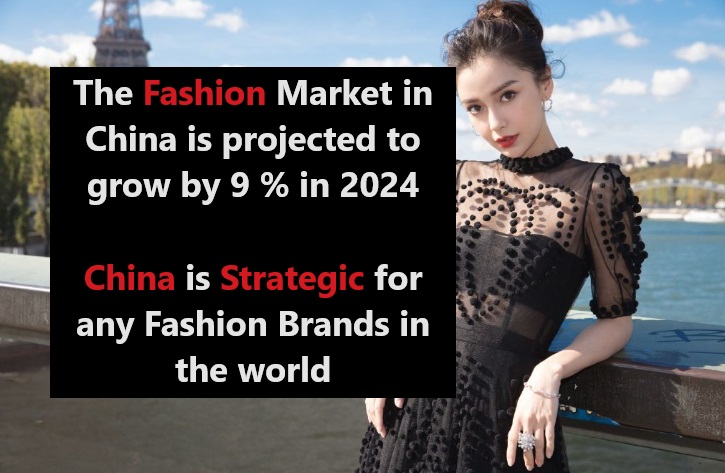
Trends about High-End Brands in China
Fashion Brand Evolution: From Sustainable Luxury to Tech-Infused Intimates
- Sustainable Luxury: The eco-conscious wave sweeps high-end fashion brands, driving demand for organic, ethically sourced materials and sustainable production practices.
- Smart Fashion: Embracing wearable technology, fashion brands integrate health monitoring features into their designs, marrying luxury with functionality for today’s modern woman.
- Custom Fit Elegance: Bespoke personalised services are gaining momentum, offering tailor-made designs that provide personalized fits and styles to cater to each customer’s unique preferences.
- Cultural Fusion: Fashion brands fuse traditional Chinese elements with modern aesthetics, appealing to consumers’ pride in heritage while satisfying their craving for contemporary style.
- Yoga / Positivity / Wellness: Witness a surge in inclusive sizing and designs that celebrate diverse body types, challenging conventional wellness standards within the fashion industry.
- Athleisure Meets Lingerie: Blurring the boundaries between activewear and accessories, fashion brands introduce high-end sports bras and performance underwear to cater to health-conscious consumers.
- Experiential Retail: Luxury fashion brands elevate the shopping experience with personalized fittings, private consultations, and immersive store environments, aiming to create unforgettable moments for their clientele.
- Virtual Try-On and AR: Harnessing augmented reality technology, fashion brands revolutionize online shopping with virtual try-on experiences, offering convenience and accuracy to consumers browsing Fashion collections from afar.
China = Digital
- “In China, livestreaming has become a crucial tool for fashion brands to engage with consumers directly and showcase products in real-time.”
- “Social commerce platforms like Xiaohongshu (RED) are reshaping the way fashion house connect with Chinese target, blurring the lines between content and ecom.”
- “Short-video platforms such as Douyin (TikTok) are driving immense traffic for fashion brands, offering a dynamic way to capture attention and convey brand messages.”
- “Personalization is key in China’s digital world , as consumers expect tailored recommendations and experiences from fashion brands.”
- “E-commerce events, known as ‘see-now-buy-now’ shows, are gaining traction among fashion brands in China, providing immediate purchase opportunities during virtual fashion shows.”
- “Augmented reality (AR) and virtual reality (VR) technologies are being increasingly integrated by fashion brands to offer immersive shopping experiences to Chinese consumers.”
- “Sustainability ecology are becoming Buzzwords, important factors for Chinese young consumers, prompting fashion brands to adopt transparent practices and eco-friendly initiatives
- “KOL (Key Opinion Leader) collaborations continue to be a powerful strategy for fashion brands in China, as influencers hold significant sway over consumer purchasing decisions.”
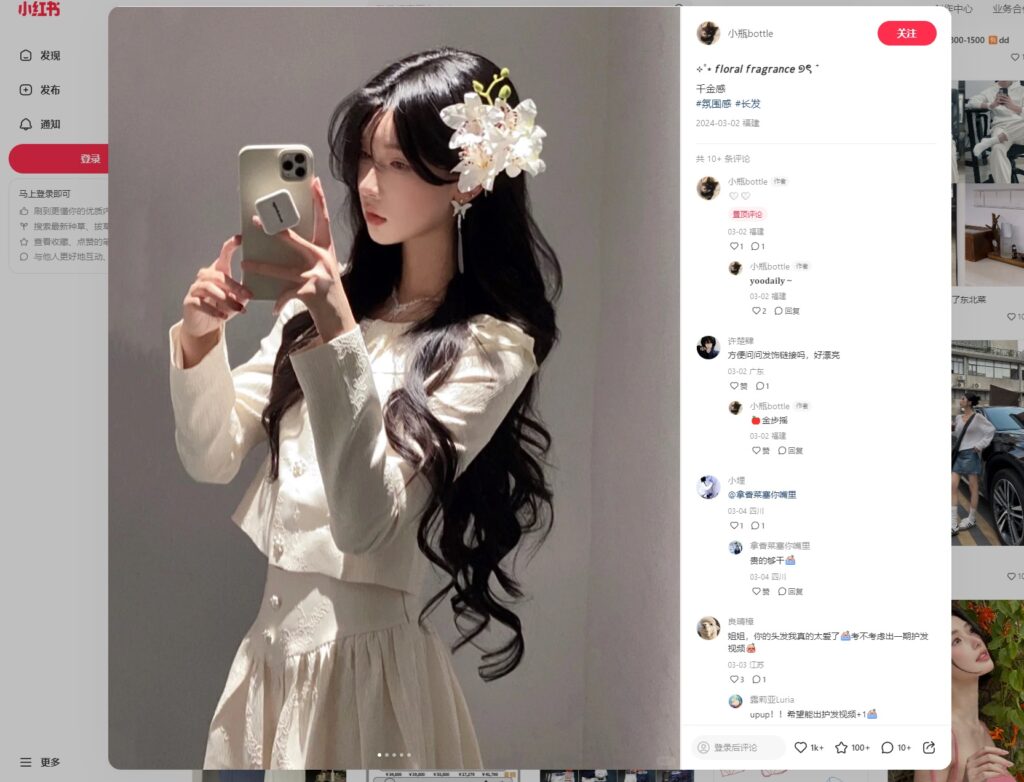
China became in a few years, the first luxury market in the world.
Here are the points that are important to understand if you’re looking to reach Chinese fashion luxury consumers.
Although Chinese luxury consumers are mainly doing their purchases in Europe, mostly in Paris, they also go elsewhere like around Asia. Indeed, Chinese consumers are more and more purchasing their luxury goods in South Korea.
For example, South Korea noticed that Chinese luxury consumers are spending US $29 billion in 2020 in luxury products. 55% of Chinese luxury buyers are doing their purchases in South Korea, against 46% in other country. Also, inside this pourcentage, 64% are under 35 years old.
2. Data is important to digital marketing for luxury and fashion
The digital world is really important in China to attract new consumers. Today, a brand doesn’t need a digital strategy, but a good strategy for a digital world. Going digital is normality for brands of various sectors, the real questions are where, when and how.
Douyin is best place for smart data, and targeting user with their lifestyle and interest.
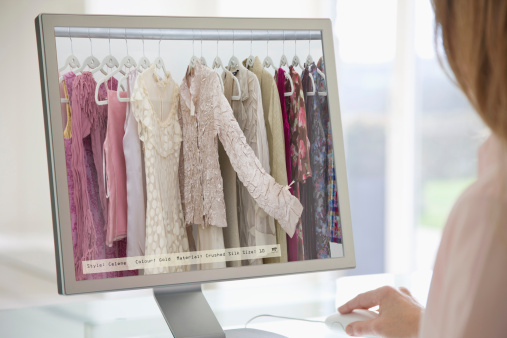
Whereas luxury brands are paying more attention to the views and shares numbers, they need to get a different mindset. Chinese consumers need more and more proofs about luxury products. They won’t buy if they didn’t get enough informations.
3. E-commerce is booming in China, especially for luxury fashion
Ecommerce in China is booming and it’s thus crating new opportunities for the luxury market. In 2012, there was 242 million online consumers. This number might increase to 48 million per year. That is way, today, most of the foreign brands and also national brands owns an ecommerce website. In China, when we are speaking about ecommerce we directly think about the two Chinese ecommerce leader, Tmall and JD.com. If you want to enter the Chinese ecommerce, it’s better for you to get both options.
Indeed, in addition to your own online shopping website, you should get into partnership with one of these two leaders to sell your products because Chinese consumers are more willing to order on these ones than on yours because of the payment system which might not be enough secure for them or at least in their mind.
For more informations about ecommerce in China, you can check here.
4. Chinese millennial luxury fashion consumers mindset has to be understood
According to Tye, China is the youngest luxury market worldwide. He noticed that there are lots of differences between the 1950-1964 generation and the 1965-1979 one. This is mainly due to Chinese politics.
Indeed, the oldest generation has to face single child law and also social pressures in order to get a successful life. According to Callegari, this generation is changing the meaning of “luxury”. They challenge the luxury brands’ pricing codes, and they have a value-for-money concept.
Today new generation is Digital connected only
5. The in-store service is crucial for luxury fashion
Although digital marketing is really important, such is the ecommerce, but the experience with the brand is even more. That is why, lots of Chinese luxury consumers are going in Paris to buy hundreds of thousands dollars of luxury goods.
If you go to Paris, there’s not only the allure of the city, you have someone in front of you that’s very knowledgeable—that believes and breathes the brand, that knows a lot about the brand, that has something in common with the brand and this is what Chinese consumers are looking for. A brand must be able to offer them this kind of service.
Whereas in China, 92% of the Chinese luxury goods buyers are unsatisfied of their in-store experience in their own country. Experiential marketing is central for chinese marketers and consumers; buying a luxury fashion good is not just a purchase, it’s a total experience.
6. Be successful thanks to Chinese social media
Social networks are more that just a part of the Chinese’s life. They spend most of their free time on their smartphones to use social medias. Thus, having a social presence on Chinese social media for a fashion brand will surely be beneficial for the image and the development of your e-reputation but also your reputation in general.
-
WeChat: “WeChat stands as the cornerstone of social marketing in China, offering a multifaceted platform for fashion brands to engage with consumers through official accounts, mini-programs, and targeted advertising.”
-
WeChat: WeChat stands as the cornerstone of social marketing in China, offering a multifaceted platform for fashion brands to engage with consumers through official accounts, mini-programs, and targeted advertising. WeChat Video are “hot”
-
Xiaohongshu (RED): “the Chinese instagram emerges as a hotspot for fashion brands, blending user-generated content with e-commerce functionalities, allowing marketers like us to tap into a highly engaged community of fashion-forward consumers.”
-
Douyin (TikTok): “The Chinese Tiktok explosive growth has made it a prime destination for fashion marketing, with its short-video format enabling brands to showcase products creatively and connect with younger demographics.”
-
Weibo: “Weibo remains a “old” platform for fashion marketing in China, like Facebook It used to offer a mix of celebrity endorsements, influencer collaborations, and interactive campaigns to drive brand visibility and engagement.”
- Bilibili: the long video app
-
7. Chinese people love videos and short video marketing
Chinese people watch more and more videos on Internet through their Chinese Tiktok version, Douyin, Kuaishou, Bilibili or Youku
more than 95% of Chinese Internet users have watched videos online in 2024
Douyin 5 GMA Tactics
-
Trend-Jacking: “Ride the waves of viral trends to catapult your brand into the spotlight on Douyin, capturing the attention of millions with timely and relevant content.”
-
User-Generated Challenges: “Empower your audience to become ambassadors of your brand by launching interactive challenges that encourage creativity and foster community engagement.”
-
Influencer Collaborations: “Harness the power of Douyin’s top influencers to amplify your brand’s reach and credibility, leveraging their massive followings to drive conversions and brand loyalty.”
-
Behind-the-Scenes Sneak Peeks: “Pull back the curtain and give viewers an exclusive glimpse into your brand’s inner workings, forging authentic connections and building trust with your audience.”
-
Interactive Product Demonstrations: “Transform passive viewers into active participants by showcasing your products in dynamic and engaging ways, sparking curiosity and driving purchase intent on Douyin
8. Do some luxury fashion Collab
The world of fashion collaboration in China in 2024, where iconic brands come together to redefine style and set trends. Witness the fusion of creativity and innovation as renowned fashion houses join forces, creating exclusive collections that captivate audiences and shape the landscape of Chinese fashion. From high-profile partnerships between luxury labels to dynamic collaborations between streetwear brands, these fashion collabs transcend boundaries, offering consumers a unique blend of heritage and contemporary flair. Step into a realm where collaboration is not just a trend but a celebration of diversity, craftsmanship, and the endless possibilities of style
Gucci * Doraemon
To succeed in China luxury market, you have to adapt to the country. And you have to understand what the Chinese luxury consumers are looking for. They are also facing a big issue : counterfeiting. This one is hard to bypass but if you want to attract these consumers, then you’ll have to things how you can get their trust.
Fila*Fluidx
Fila makes a cobranding operation with FluidX and Johny Huang (FluidX is GMA client, a sport brand.)
Johny Huang , a famous Chinese movie star is the icon of the partnership Fila*FluidX
Fila the famous sport brand has created reached out to Fluid X and worked with their innovative water fluid weight bags as an important event prop.
Social media post create a buzz in the Sport Community. This new product will be promoted in 300 gym & sport area in China
And also Fila booked future offline events with Fluid X and its trainers*
Read more about luxury fashion in China:

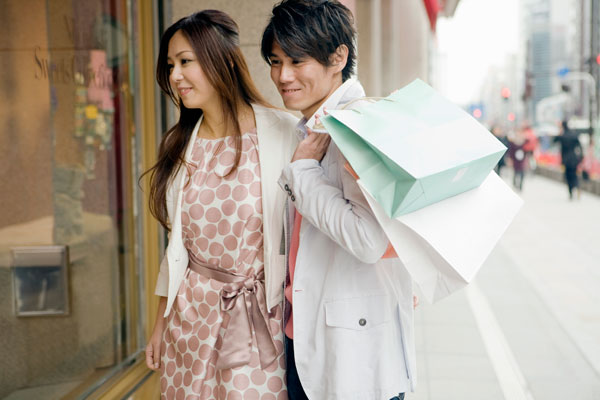
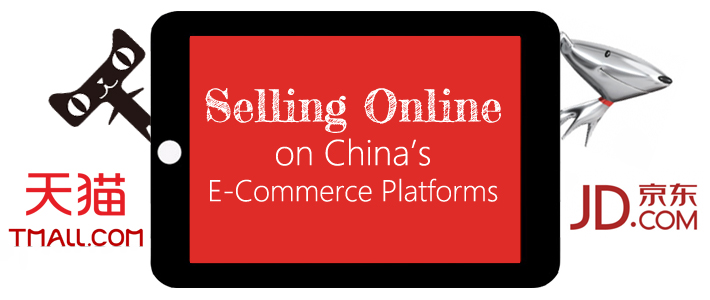
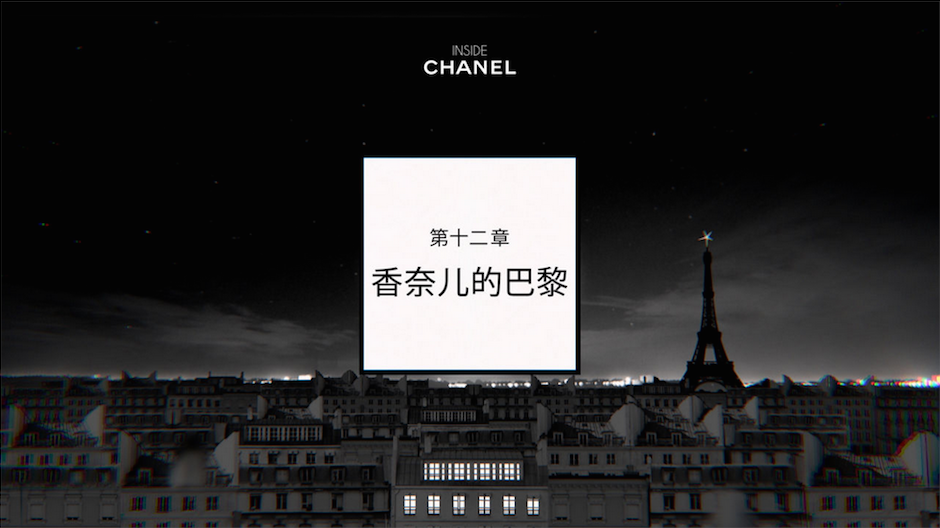
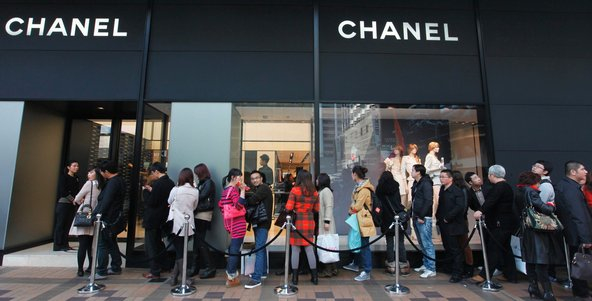
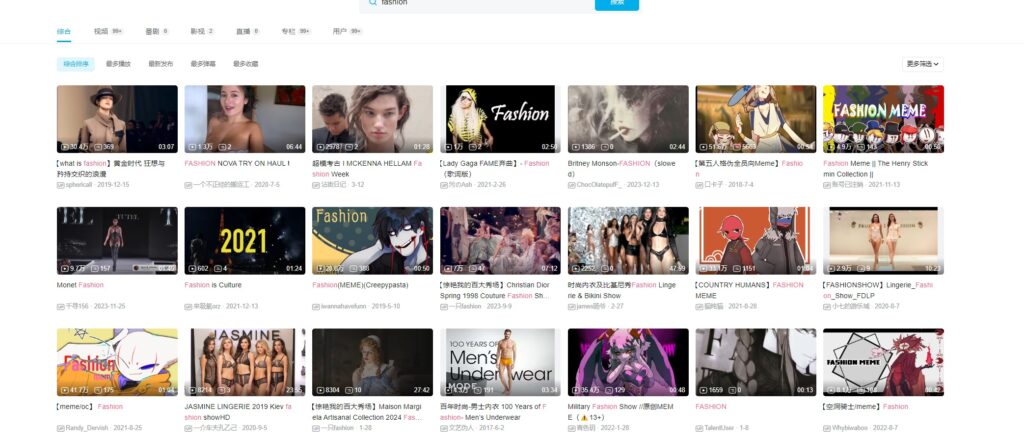
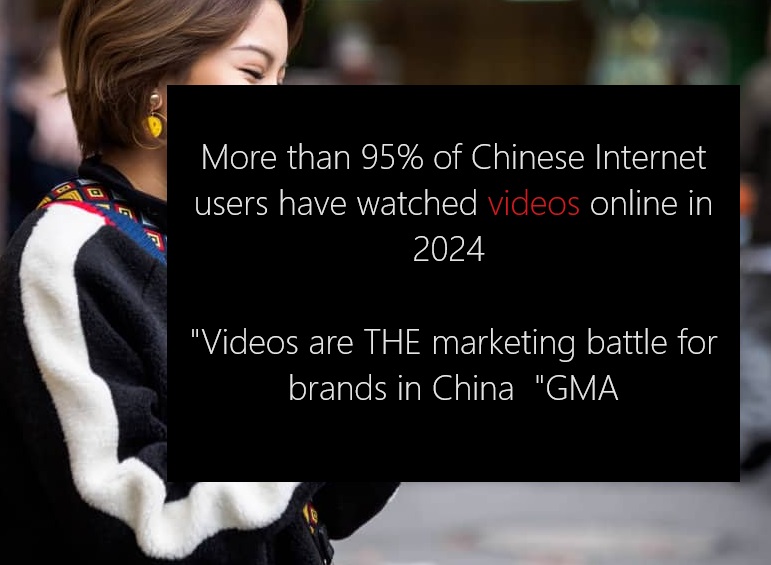
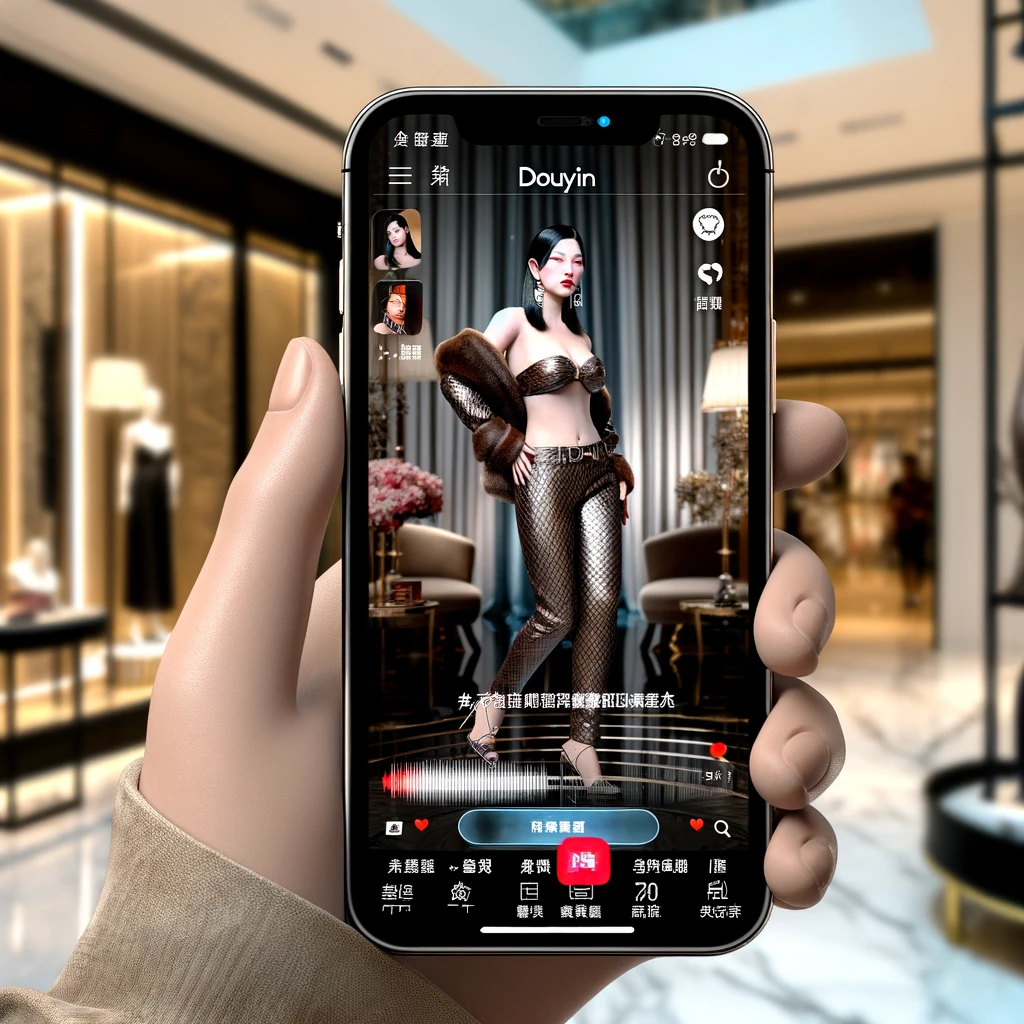
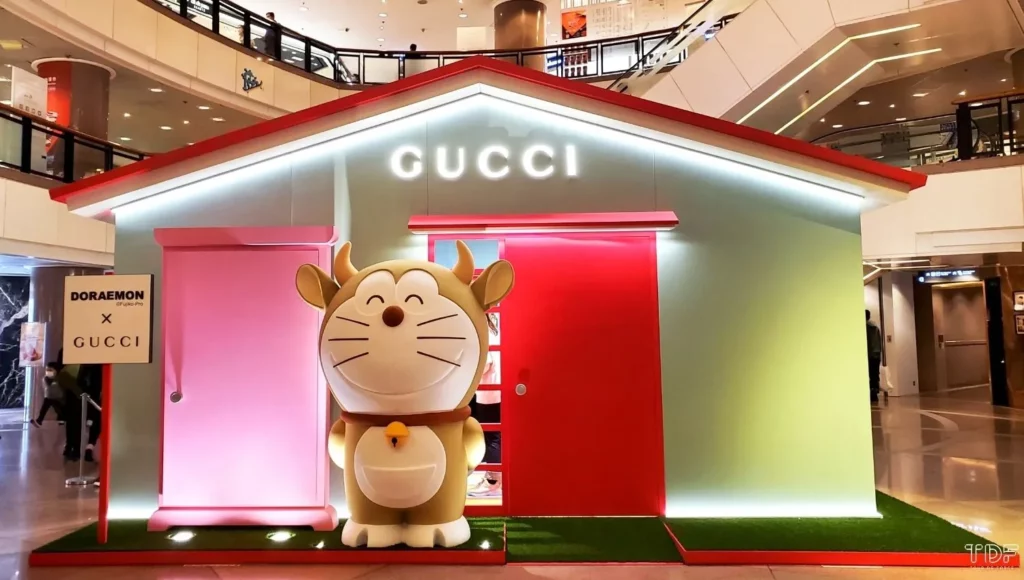
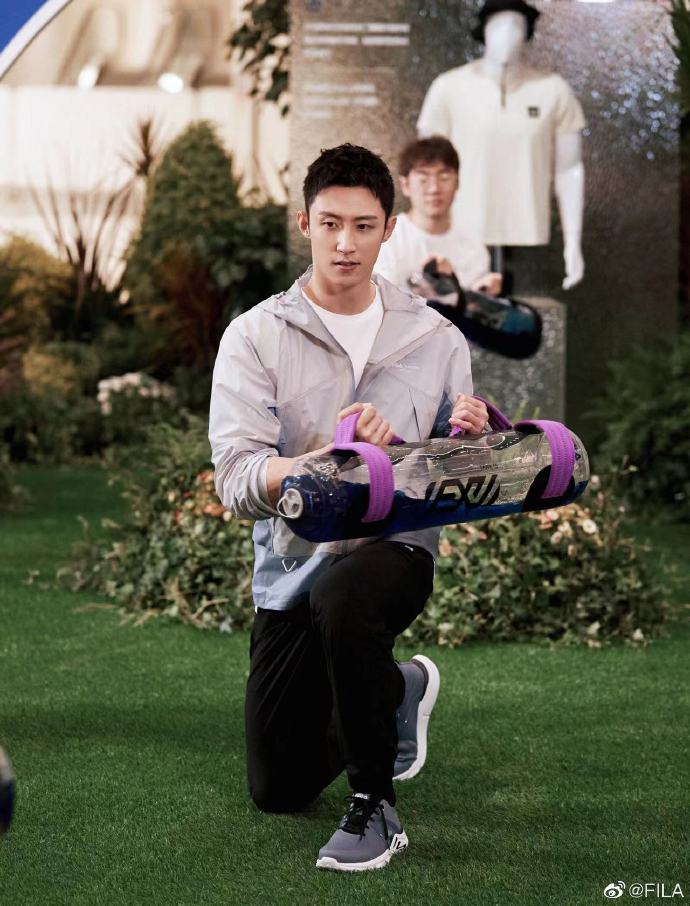
1 comment
Ronald
very good article, thank you for this update and quality content.